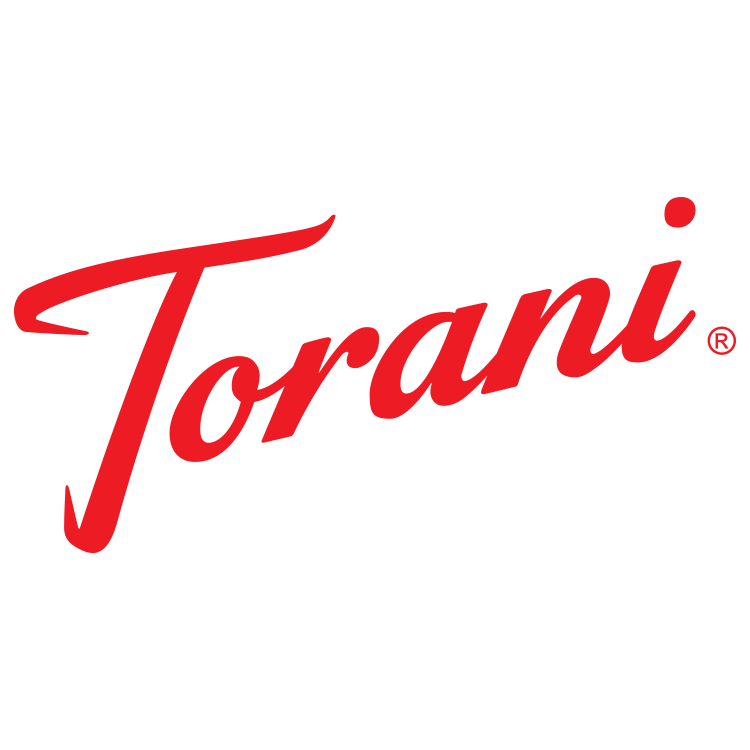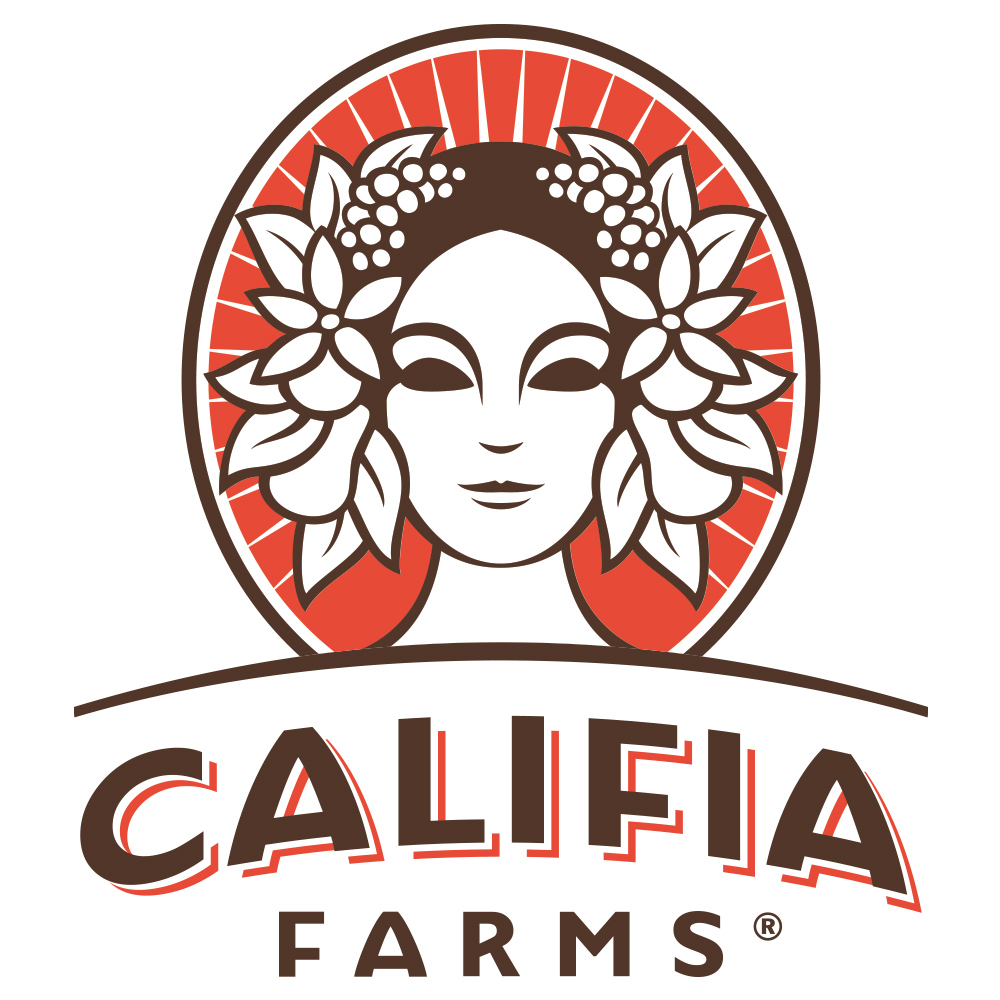How to Compost
By: Sarah Huda
The more time we spend at home, sheltering in place, the easier it is to see things we often overlook. This can include the number of spider webs that seemingly just popped out of no where to how much waste we produce. This rings true as we are ordering take-out more often and shipping items to our homes, things we would normally pick-up, to avoid leaving the house. However, this ends up with filled trashcans halfway to the trash pick-up day. So, how can we be more environmentally conscious without taking a leap into something that is hard to maintain? Composting is an easy environmental change that takes little effort from your daily lifestyle.
What is Composting?
When you’re cooking at home, you’re left with a bowl of scraps that you toss away. However, those contain just as many nutrients as the other half you’re cooking and consuming! Compost is organic material that has been decomposed and often used as fertilizer because it is nutrient-rich. You’re just treating your garden to the goodness it gives you. Traditionally, those scraps you toss out end up in a landfill; food waste rots in landfills and emit greenhouse gasses – like methane – that contribute to global climate change and damage to our ozone layer. Therefore, the switch to composting allows a beneficial change for you and your garden.
Get a Scrap Container
First and foremost, you need a container to store your scraps; a container with a tight latching lid to keep smells and rodents away. This can be placed on your counter where you cook or off to the side by the trashcan for easy access. With smells and rodents in mind, not everything can be tossed inside your compost-scrap pile. You will want to avoid dairy products, condiment or salad dressing leftovers, any fat or grease/ oil residue, grains, meat waste, take-out (these tend to already have some of the aforementioned items), and processed foods – bread, candy, chips, pasta, etc. for the same reason as take-out.
What Items to Compost
What you can place is a lot longer of a list and much more comprehensive. Good items to place for compost is all fruit and vegetable waste – cores, peels, pits, rinds, and skins; they can even be moldy. You can also include coffee grounds and filters, corn husks, eggshells, tea bags, expired spices, and ink-free shredded paper and cardboard. Once you have items in your container, you will empty it every 2 to 3 days into your larger container.
Make or Buy a Compost Container
The scrap container is just the collection bin for your nutrient-rich items. You will also need a container to toss the scraps in. What you use, however, is dependent on your location. If you’re looking to build your pile outdoors, you can build a four-sided container with scrap wood to create your pile. If you’re in a smaller area, like an apartment or smaller home, you can purchase a composting tumbler. This allows you to build and stack dirt in a smaller area without sacrificing quality. With the two items set, you’ll need to have a good ratio of carbon-rich matter and nitrogen-rich matter in the compost. Items with more carbon would be finely shredded cardboard, corn stalk, fruit, leaves, peanut shells, sawdust, and pine needles, to name a few. Items with more nitrogen would be more of the items from your compost collection, such as vegetable scraps, coffee grounds, garden waste, and grass clippings.
How to Start Composting
To create your compost pile or the start of your tumbler, you begin with twigs, hay, straw, eggshells, etc. and then place soil down. You’re going to create a pattern of greens (compost items) and then soil, then continue to alternate layers of brown (carbon-rich items) and greens until you have a full pile. Do not forget to moisten each layer with water. It can take between 14 days and 12 months for a completed compost bin but once you create nutrient-rich compost, the Earth and your plants will thank you.
























